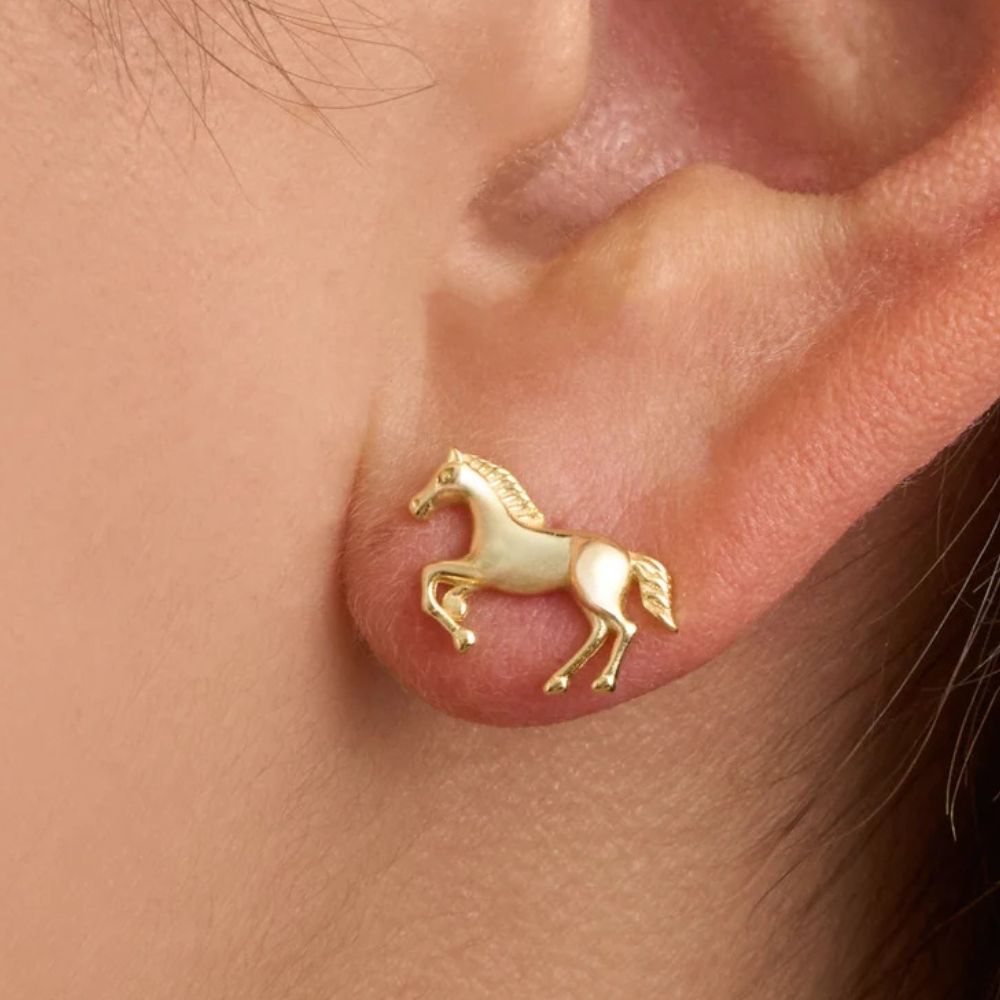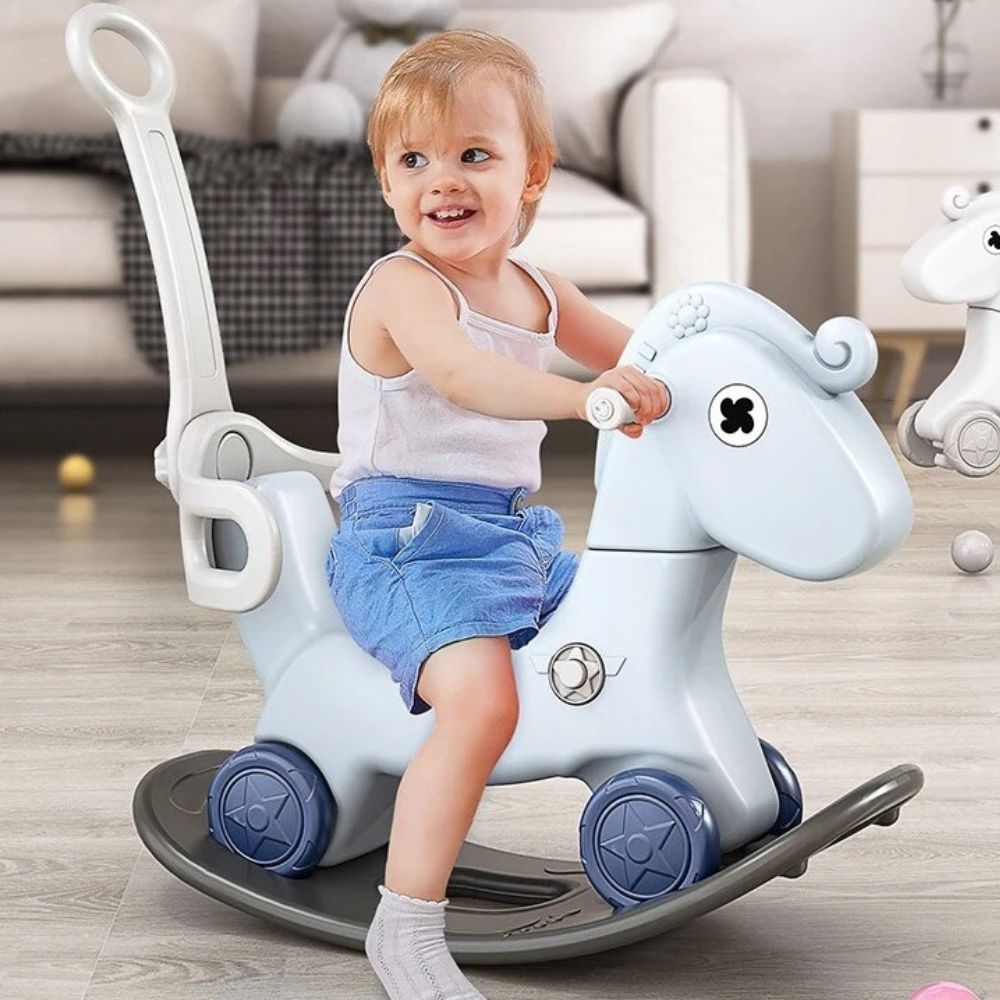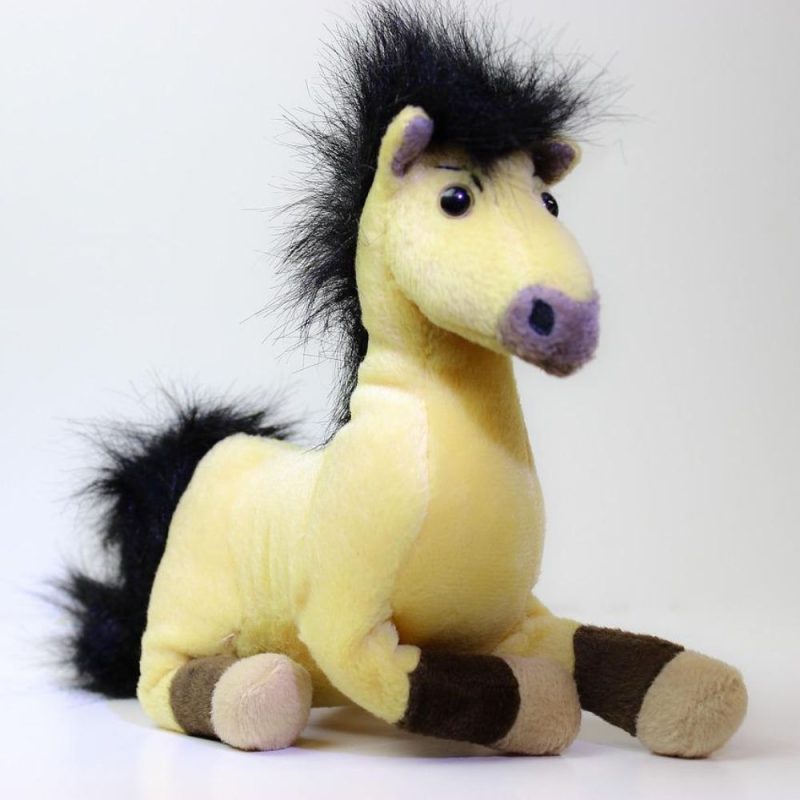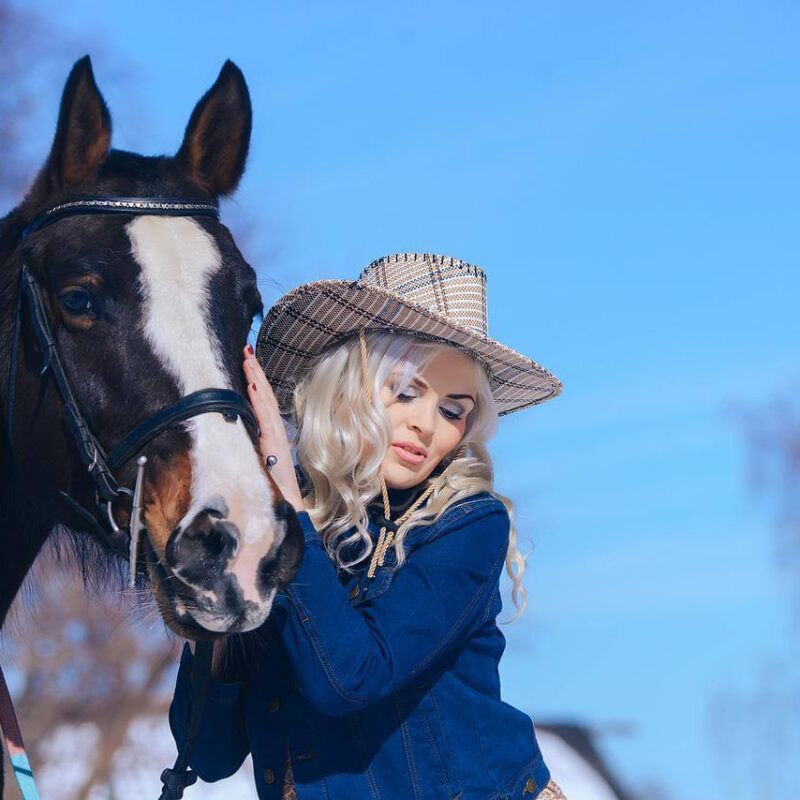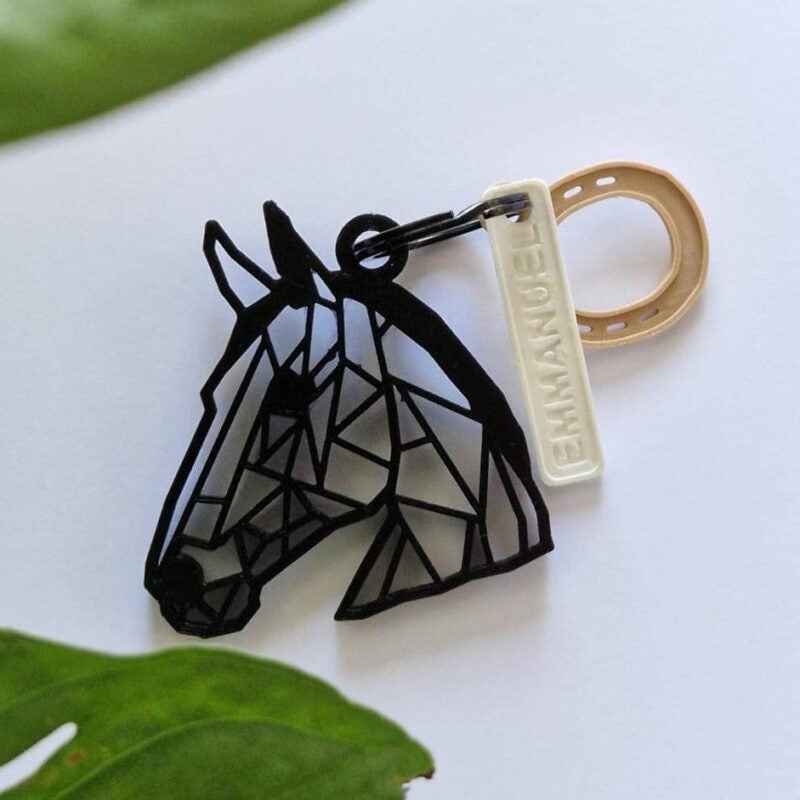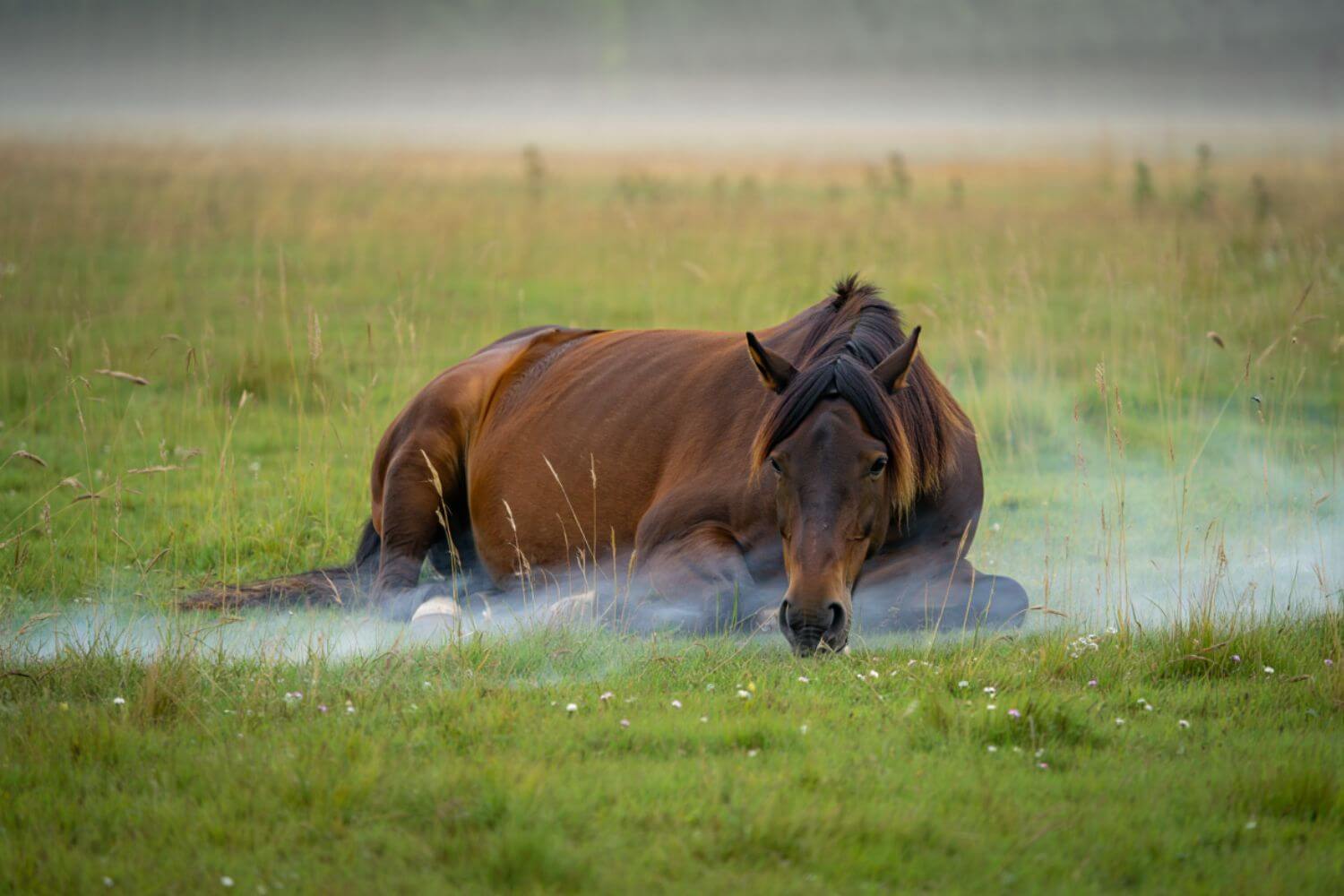
How Long Can a Horse Lay Down Before It Dies? The Critical Timeline
Unlike humans who spend around a third of their lives lying down, horses have a completely different relationship with recumbency. As magnificent creatures designed for standing, a horse that remains lying down for too long faces a race against time before serious, often fatal complications develop. This critical knowledge isn’t just academic—it could save your equine companion’s life in an emergency situation.
Most horse owners have experienced that moment of panic when they spot their beloved animal lying down in the pasture, motionless for what seems like too long. The worry is justified: while short periods of rest on the ground are normal for equines, prolonged recumbency creates a dangerous countdown that every responsible caretaker should understand.
So exactly how long can a horse lay down before the situation becomes life-threatening? Generally, the critical window is 3-6 hours of continuous recumbency, though this varies based on the animal’s age, health status, and specific circumstances. Beyond this timeframe, severe and potentially irreversible organ damage can occur, along with other complications that can quickly lead to a terminal situation.
Understanding this timeline isn’t just about knowing when to call for emergency veterinary care—it’s about recognizing why horses are physiologically different from many other mammals and how their magnificent bodies, while perfectly adapted for speed and power, have this particular vulnerability that requires our vigilant attention.
➤ Also Read: How Long Are Horses in Heat? Understanding Mare Estrous Cycles
Why Horses Can’t Lie Down for Long Periods 🐴
Horses are prey animals whose bodies have evolved primarily for one thing: the ability to sprint away from danger at a moment’s notice. This evolutionary heritage has shaped almost every aspect of equine health, including how they rest and why prolonged recumbency becomes so dangerous.
The primary reason horses face such dangers of lying down for extended periods relates to their sheer size and weight. An average adult horse weighs between 900-1,100 pounds, with that substantial mass placing enormous pressure on internal organs when the animal lies flat. The horse’s circulatory system, designed to work optimally when the animal is standing, begins to struggle with maintaining adequate blood flow throughout the body during prolonged recumbency.
When a horse remains down for too long, circulation problems quickly develop. The animal’s own bodyweight begins to compress blood vessels, particularly in the areas bearing the most pressure against the ground. This compression restricts blood flow to vital organs and tissues, setting off a cascade of potentially fatal issues:
- Muscle damage begins relatively quickly, as compressed tissues are deprived of oxygen and nutrients
- Nerve damage can develop in as little as 1-2 hours of continuous pressure
- Ischemia (lack of blood flow) to internal organs accelerates the deterioration of the horse’s condition
Historically, this vulnerability made perfect sense. In the wild, a horse that stayed down too long became easy prey. Their bodies evolved with standing as the default position—even for sleeping. Most horses only spend about 3-5 hours lying down within a 24-hour period, and these rest periods are typically broken into multiple short sessions rather than one continuous stretch.
The September 2022 issue of Equine Veterinary Journal published research suggesting that older horses may face increased risks, with the critical window potentially shortening to just 2-3 hours in geriatric equines with preexisting conditions.
As Dr. James Thompson, a renowned equine veterinarian, explains: “A horse’s body is a marvel of evolution for standing and running, but that specialization comes with the serious compromise of being vulnerable during recumbency. The longer a horse stays down, the more likely we are to see compressive damage to muscles, nerves, and organs that can quickly become irreversible.”
Understanding this fundamental aspect of equine health is essential for providing proper care. At Dream Horse, we regularly share educational content like this because we believe informed horse lovers make better caregivers—and our exclusive collection of equestrian jewelry features beautiful reminder pieces that celebrate this incredible knowledge we share as a community of horse enthusiasts.
The Critical Timeline of Recumbency for Horses
Understanding the Dangerous Countdown ⏱️
When a horse remains in prolonged recumbency, time becomes the enemy. While there’s no universal deadline that applies to every situation, veterinary consensus suggests that continuous lying down beyond 3-6 hours significantly increases the risk of fatal complications. This timeline can be even shorter for certain high-risk categories of horses.
Survival rates drop dramatically with each passing hour beyond this window, which is why immediate recognition and response are crucial. Research published in April 2023 by the American Association of Equine Practitioners found that horses receiving intervention within the first 2 hours of problematic recumbency had a 72% better chance of full recovery compared to those where intervention was delayed beyond 4 hours.
Risk Factors That Accelerate the Timeline
Not all horses face identical timelines when it comes to the dangers of lying down. Several risk factors can significantly shorten how long a horse can safely remain recumbent:
- Age: Older horses develop circulation problems more quickly while down
- Weight: Heavier horses experience more severe pressure on internal organs
- Preexisting conditions: Horses with cardiac issues face accelerated organ damage
- Hydration status: Dehydration compounds the problems of recumbency
- Surface: Hard surfaces accelerate the development of pressure sores and muscle damage
The Progression of Damage During Recumbency
The body’s deterioration during prolonged recumbency follows a relatively predictable pattern. During the first 1-2 hours, most healthy horses experience minimal lasting effects. Between hours 2-4, circulation problems begin causing muscle damage that may be reversible with prompt intervention.
The most dangerous threshold appears to be around the 4-hour mark, when ischemia (restricted blood flow) begins causing potentially permanent nerve damage and organ damage. By hour 6, most horses have sustained significant internal damage that may make recovery impossible regardless of treatment.
Electrolyte imbalance becomes increasingly severe during extended periods of lying down, further compromising vital organ function. Combined with increasing dehydration as the horse is unable to access water, the body’s biochemistry becomes progressively more unstable.
Compartment Syndrome: A Critical Complication
One of the most serious consequences of prolonged recumbency in horses is compartment syndrome—a painful condition where pressure builds within muscle groups, further restricting blood flow and causing cellular death. This condition can develop in as little as 3 hours of continuous pressure and becomes increasingly difficult to treat as time progresses.
The lower limbs and shoulders are particularly vulnerable to compartment syndrome, which can permanently damage a horse’s ability to rise and walk even if they survive the initial crisis of prolonged recumbency.
Signs of Trouble: Recognizing When a Horse Can’t Get Up
Normal vs. Problematic Lying Down Behavior 🔍
Before discussing the emergency signs, it’s important to understand what normal lying down behavior looks like in horses. Healthy horse behavior typically includes short periods of recumbency, usually lasting 15-45 minutes at a time. During these normal rest periods, you might observe:
- Rolling briefly before settling or after standing up
- Alert ears and eyes, with the head often upright
- Occasional shifting of position
- Relatively prompt getting up when disturbed or after sufficient rest
What separates normal resting behavior from a potential emergency is both the duration and quality of the recumbency. A horse that has been lying down for more than an hour, particularly if showing signs of distress, warrants closer observation and potentially veterinary care.
Clinical Signs Indicating an Emergency
When a horse is unable to rise after attempting to get up, this represents an immediate emergency situation. Clinical signs that indicate your horse is experiencing problematic recumbency rather than normal rest include:
- Failed attempts to rise
- Signs of weakness when trying to stand
- Sweating or labored breathing while lying down
- Paddling legs or thrashing
- Apparent injury or illness symptoms
- Unusual posture while down (stretched out rather than tucked)
- Groaning or other signs of discomfort
- Deteriorating responsiveness over time
The transition from a resting horse to a downed horse in critical condition often happens gradually, which is why regular monitoring is essential. Any horse that remains down for more than an hour should be checked every 15-20 minutes for changes in condition.
Differentiating Between Causes
Understanding why a horse remains lying down is crucial for determining the appropriate response. The reason generally falls into three categories:
- Underlying health issues: Including colic, neurological problems, severe illness, or injury
- Physical entrapment: The horse cannot rise due to environmental factors like mud, slippery surfaces, or confinement
- Primary recumbency issues: The horse has been down too long and now cannot rise due to the consequences of prolonged recumbency itself
Each of these scenarios requires different approaches, but they all share the common factor that time is of the essence. The longer the horse remains down, the more likely that secondary complications from prolonged recumbency will develop regardless of the initial cause.
Our equestrian decoration collection includes beautiful educational pieces that subtly remind horse owners of these crucial health indicators—art that not only enhances your space but reinforces this vital knowledge about equine health.
Immediate Action: What to Do When Your Horse Won’t Get Up
Assessing the Situation
When you discover your horse has been lying down for an extended period, the actions you take in the first few minutes can significantly impact their chances of survival. Before intervening, take a moment to assess:
The duration of recumbency if known Whether the horse is conscious and alert Any visible signs of injury or illness Whether the horse has made attempts to rise The positioning of the horse and surrounding hazards
Remember that forcing a horse to stand prematurely can sometimes cause more harm than good, especially if there’s an underlying injury. Your goal is to determine whether you’re dealing with normal resting behavior, a temporarily tired horse, or a genuine emergency requiring immediate action.
Providing Emergency Support
Once you’ve determined your horse needs help, the clock is ticking. Veterinary care should be summoned immediately while you begin supportive measures. Keep the horse as comfortable as possible by:
Ensuring the horse’s head and neck are positioned to maintain an open airway Providing padding under pressure points if the surface is hard Creating shelter from extreme weather conditions Keeping the area quiet and calm to reduce stress Offering small amounts of water if the horse is alert and able to swallow
In many cases, the most crucial immediate action is to help reposition the horse to reduce pressure on the down side. Working with another person, try to roll the horse onto the opposite side if it has been lying down on one side for more than an hour. This simple action redistributes pressure and can help prevent pressure sores and muscle damage from becoming severe.
The Veterinary Intervention Process
When the veterinarian arrives, they’ll likely implement a systematic approach to address the downed horse. The intervention typically includes:
Comprehensive assessment of vital signs and overall condition Administration of pain relief if indicated Fluid therapy to address dehydration and electrolyte imbalance Specific treatments for any identified underlying health issues Mechanical assistance for helping the horse to stand if appropriate
The timing of attempts to get the horse standing depends on the specific situation. In some cases, aggressive intervention to stand the horse using slings or other mechanical aids may be necessary if prolonged recumbency has already caused significant weakness.
Recovery Expectations and Rehabilitation
The recovery process following an episode of prolonged recumbency depends greatly on how long the horse was down and what damage occurred during that time. Horses successfully rescued within the critical window (typically under 4 hours) often make full recoveries with proper supportive care.
For horses down longer than 6 hours, the prognosis becomes significantly more guarded. Even with intensive care, they may develop delayed complications including:
Persistent weakness in legs Ongoing circulation problems Kidney damage from muscle damage byproducts Permanent nerve damage affecting mobility Recurring episodes of inability to rise
Rehabilitation for recovered horses typically involves careful monitoring, controlled exercise to rebuild strength, and sometimes physical therapy techniques adapted from other species. The road to full recovery can take weeks or even months, requiring patience and dedicated care.
Prevention Strategies: Protecting Your Horse from Recumbency Risks
Environmental Management for Safety
The best approach to prolonged recumbency issues is prevention through careful monitoring and management. Smart stable and pasture design can significantly reduce the risk of a horse becoming stuck in a down position:
Providing appropriate footing that offers traction for getting up Ensuring stalls are large enough for a horse to comfortably lie down and rise Removing obstacles that could trap a horse in a down position Installing surveillance cameras for horses at high risk Creating gentle slopes in paddocks to provide assistance for rising
These environmental modifications are particularly important for older horses or those with existing mobility issues, as they’re at higher risk for experiencing difficulties getting up.
Health Management to Prevent Down Episodes
Many cases of prolonged recumbency begin with an underlying health issue that initially causes the horse to lie down. Proactive health management reduces these risks through:
Regular veterinary check-ups to catch subtle signs of illness Proper dental care to ensure adequate nutrition Appropriate exercise to maintain muscle strength and joint mobility Weight management to reduce stress on the musculoskeletal system Prompt attention to minor lameness issues before they escalate
Maintaining your horse’s overall health and fitness creates resilience that can be crucial if they do experience an episode of prolonged recumbency. A horse in good condition has greater reserves to withstand the physiological challenges of being down.
Special Considerations for At-Risk Horses
Certain horses require extra vigilance due to their elevated risk of recumbency problems:
Senior horses (over 20 years): Age-related muscle loss makes getting up more difficult Post-surgical patients: Anesthesia recovery can sometimes lead to prolonged down time Horses with neurological conditions: May have compromised ability to coordinate rising Obese horses: Extra weight creates additional pressure on organs during recumbency Previously injured horses: Past trauma may affect confidence or ability to stand
For these high-risk individuals, implementing a more frequent monitoring schedule can help ensure that any problematic lying down episodes are caught early, before they reach the critical timeframe.
Frequently Asked Questions on Horse Recumbency Issues
How long can a horse lay down safely?
Healthy horses typically lie down for short periods ranging from 15 minutes to 3 hours spread throughout the day. Most horses accumulate about 3-5 hours of recumbency time within each 24-hour cycle. Continuous lying down beyond 3 hours starts to present risks, with the 4-6 hour mark being particularly dangerous. Beyond this timeline, survival rates decrease significantly due to circulation problems, organ damage, and muscle damage.
Why can’t horses lie down for long periods like other animals?
Horses are anatomically and physiologically designed primarily for standing. Their massive body weight creates dangerous pressure on internal organs during prolonged recumbency. Additionally, their cardiovascular system works optimally in the standing position, using leg movements and one-way valves to help pump blood back to the heart. When lying down for extended periods, circulation problems develop rapidly, leading to ischemia in compressed tissues and organs. Evolution has prioritized the horse’s ability to flee quickly over comfortable rest.
How can I tell if my horse is lying down normally or having a problem?
Normal lying down behavior in horses includes short durations (usually under an hour), maintained alertness, and the ability to rise when motivated to do so. Concerning signs include multiple failed attempts to rise, signs of distress while down (sweating, grunting, rolling repeatedly), abnormal positioning, and lying down immediately after rising. If your horse has been down for more than an hour and shows any of these clinical signs, consider it a potential emergency requiring veterinary care.
What should I do immediately if I find my horse has been lying down for hours?
If you discover your horse in prolonged recumbency, call your veterinarian immediately and report it as an emergency. While waiting, assess whether the horse can rise with gentle encouragement. If not, try to determine how long the horse has been down. If possible and safe to do so, roll the horse onto the opposite side to relieve pressure. Provide padding under the head and other pressure points. Keep the horse calm and comfortable while awaiting professional help. Do not repeatedly force the horse to attempt rising if it’s clearly unable to do so, as this can exhaust remaining energy reserves.
Can a horse recover after being down for too long?
Recovery possibilities depend heavily on how long the horse was in prolonged recumbency and what underlying health issues might have caused the episode. Horses down for less than 4 hours generally have good survival rates with proper care. Between 4-6 hours, recovery becomes more challenging but is still possible. Beyond 6 hours of continuous recumbency, permanent damage to muscles, nerves, and organs often develops, making full recovery unlikely. The horse’s age, overall health status, and the quality of immediate action and veterinary care also significantly impact prognosis.
Conclusion: Understanding the Critical Nature of Equine Recumbency
The question of how long a horse can lay down before facing life-threatening consequences takes us deep into the fascinating world of equine health and evolutionary biology. While the general 3-6 hour window provides a useful guideline, the reality is that each horse faces its own unique timeline based on individual circumstances.
What remains constant across all situations is the need for immediate action and knowledgeable response when a horse experiences prolonged recumbency. As caretakers of these magnificent animals, our awareness of their special vulnerabilities represents one of our most important responsibilities.
The physiological reasons why horses cannot remain recumbent for extended periods—their size, circulatory adaptations, and evolutionary history—highlight just how specialized these animals truly are. Their bodies, perfected for swift movement across open plains, carry inherent limitations that require our vigilant attention.
By understanding the dangers of prolonged recumbency, recognizing the clinical signs of trouble, and knowing the appropriate steps for intervention, we give our equine companions their best chance at avoiding this particular threat to their wellbeing. This knowledge becomes especially crucial for owners of senior horses or those with underlying health issues that increase recumbency risks.
Remember that when it comes to a downed horse, minutes matter. The difference between taking action at hour 3 versus hour 5 could literally be the difference between life and death. Stay informed, stay vigilant, and cherish every moment with your equine companion—standing tall as nature intended.










